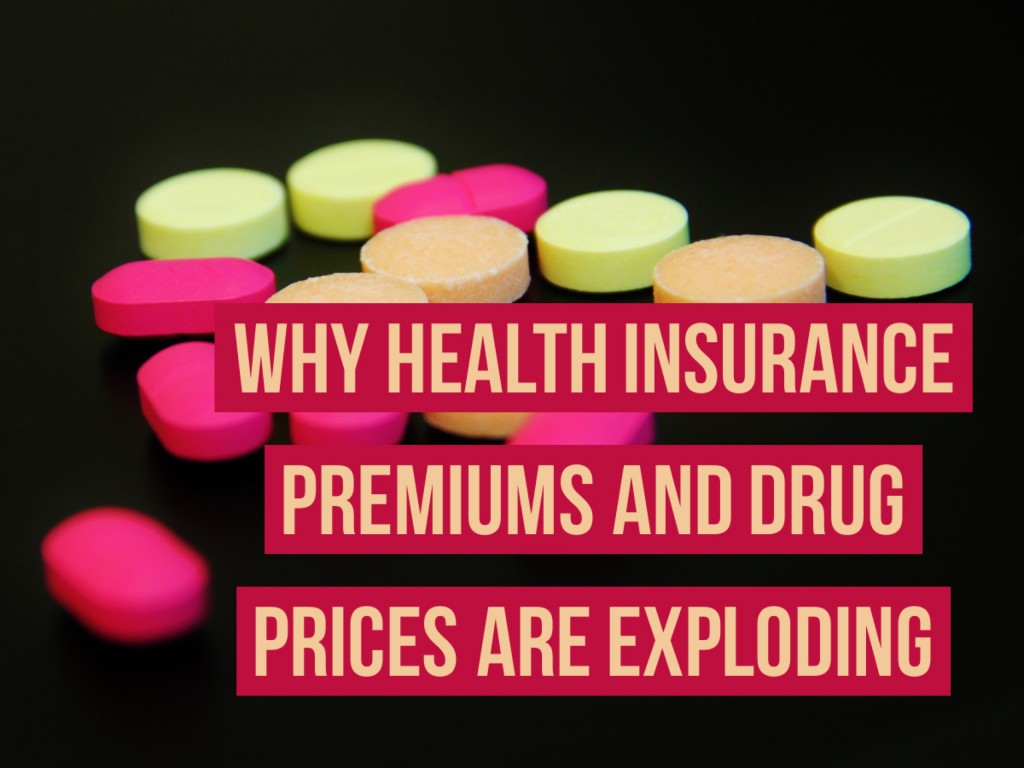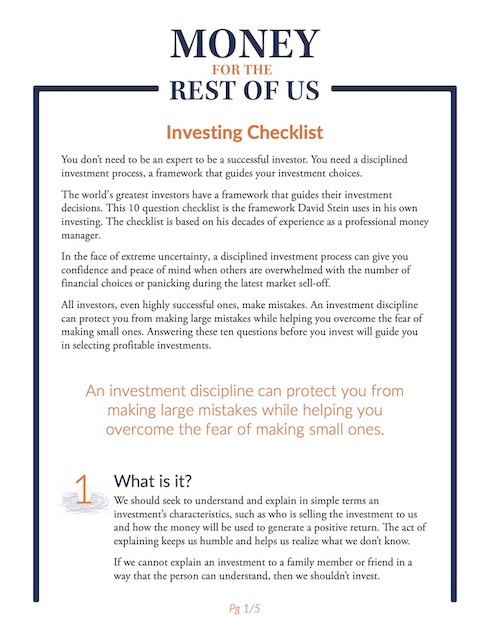How pharmaceutical companies use of maximum pricing power is leading to double digit annual increases for prescription drug prices and health insurance premiums.
In this episode you’ll learn:
- Why health insurance premiums are skyrocketing, particularly Obamacare individual polices.
- How much are drug prices increasing.
- Why pharmaceutical companies have maximum pricing power.
- How Gilead chose an $84,000 price for its hepatitis-C drug.
- What are the solutions to slow the rate of growth in prescription drug prices and health insurance premiums.
Show Notes
Blue Cross of Idaho rate justification letter
Fitch press release on Blue Cross of Idaho
What Atena’s Withdrawal Means For Obamacare – James Surowiecki – New Yorker
Prescription drug prices jumped more than 10 percent in 2015, analysis finds – Washington Post
Here’s why drug prices rise even when there’s plenty of competition – Los Angeles Times
The Prescription for Rising Drug Prices: Competition or Price Controls? – Joanna Shepherd
T. Rowe Price accuses Valeant of ‘fraudulent scheme’ – USA Today
Transcript
Why Health Insurance Premiums and Drug Prices Are Exploding
My family of five has a high deductible health insurance policy we purchased on the Idaho health insurance exchange and issued by Blue Cross of Idaho.
Given the high deductible, we pay most of our medical costs out of pocket and receive no subsidy for our $1,162 monthly premium payment. That premium is 22% higher than what we paid in 2015. The good news is the policy covers the cost of preventive generic prescriptions.
Why A 49% Health Insurance Premium Increase
For 2017, Blue Cross of Idaho submitted a 49% rate increase for our current policy with the Idaho Department of Insurance. That would cost our family $1,731 per month or over $20,000 per year for health insurance.
Given these high premiums you might think Blue Cross of Idaho is making a windfall profit but that is not the case.
In February 2016, Fitch, a rating agency, downgraded the rating’s outlook for Blue Cross of Idaho’s Financial Strength to negative from stable. Fitch stated, “BCI’s historically strong operating performance has deteriorated over the past two years due primarily to higher care utilization rates associated with its participation in Idaho’s state-based health insurance exchange associated with the Patient Protection and Affordable Care Act (A.C.A.).”
That means participants who purchased individual health insurance polices are filing more and costlier medical claims than Blue Cross of Idaho anticipated.
Fitch says insurers in Idaho and other states have had similar higher than expected claims and underwriting losses related to their individual health insurance business.
Blue Cross of Idaho in its rate justification filing with the Idaho Department of Insurance said in 2015 it collected $230 million in premium payments for its individual healthcare insurance business and paid out claims of $251 million. After administrative costs, taxes and commissions, Blue Cross of Idaho suffered an underwriting loss of $57 million.
Fitch says, Blue Cross of Idaho “implemented significant rate increases on its exchange business in both 2015 and 2016 in an effort to bring pricing in line with developing claims experience. It is currently unclear if the increases will be sufficient to return the company’s operating performance within the next two years to the level of stability it experienced historically.”
Apparently Blue Cross of Idaho still has not stabilized its underwriting losses given its request for an average 29% premium increase in 2017 including the 49% increase for my family’s Bronze HSA plan.
Blue Cross of Idaho attributes 41% of its requested premium increase to higher costs for prescription drugs while 38% of the increase is due to higher medical claims costs, much of which is do to less healthy policy holders.
As a Money For the Rest of Us Plus member, you are able to listen to the podcast in an ad-free format and have access to the written transcript for each week’s episode. For listeners with hearing or other impairments that would like access to transcripts please send an email to jd@moneyfortherestofus.com Learn More About Plus Membership »

